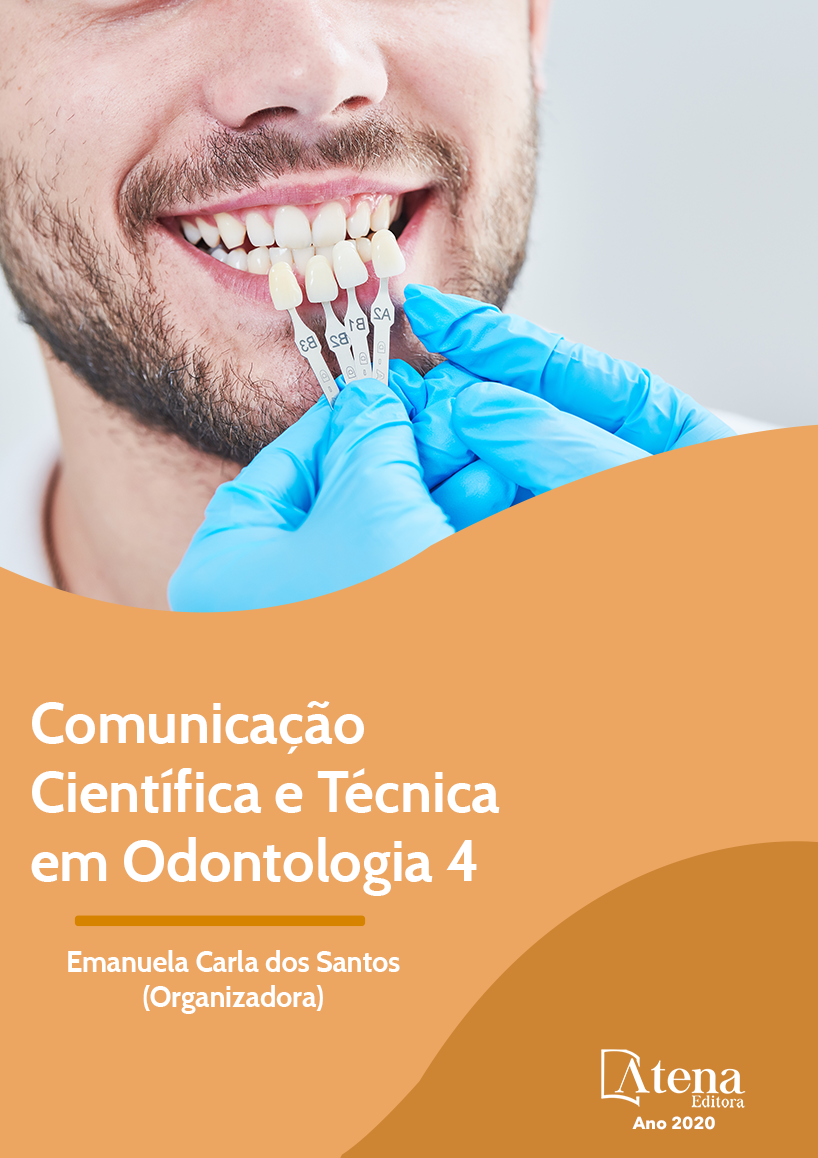
Efeito da radiação ionizante na microarquitetura cortical óssea em fêmur de rato: estudo piloto
O objetivo desse estudo foi avaliar o efeito da radiação ionizante na microarquitetura cortical óssea em fêmur de ratos. Dois ratos, da linhagem Wistar, pesando 300g, foram divididos em dois grupos (n=2, estudo pareado): Controle e Irradiado. Os fêmures esquerdos dos animais foram submetidos à radiação ionizante na dosagem de 30 Gy; o fêmur direito não recebeu radiação, permanecendo como controle. Após trinta dias, os animais foram sacrificados, os fêmures removidos e congelados a -20ºC. No momento da análise, os fêmures foram descongelados e submetidos à microtomografia computadorizada (microCT), sendo analisados os seguintes parâmetros: fração da superfície óssea/volume ósseo (BS/BV), porosidade total (Po.Tot), espessura cortical (Ct.Th), grau de anisotropia (DA) e dimensão fractal (FD). Os resultados da análise ao microCT mostraram que o grupo controle apresentou valores maiores de BS/BV, Ct.Th, Po.Tot e DA comparado ao grupo irradiado. No parâmetro FD o grupo controle apresentou valores menores que o grupo irradiado. Assim, pode-se concluir que a radiação ionizante afeta negativamente a microarquitetura óssea, especialmente, no ganho e organização da matriz óssea.
Efeito da radiação ionizante na microarquitetura cortical óssea em fêmur de rato: estudo piloto
-
DOI: 10.22533/at.ed.61520240115
-
Palavras-chave: Radiação Ionizante; Microtomografia por Raio-X; Matriz Óssea.
-
Keywords: Radiation, Ionizing; X-ray microtomography; Bone Matrix
-
Abstract:
The aim of this study was to evaluate the effect of ionizing radiation on bone cortical microarchitecture in rat femur. Two Wistar rats weighing 300g were divided into two groups (n = 2, paired study): Control and Ionizing Radiation (IR). The left femurs of the animals were submitted to ionizing radiation at 30 Gy; the right femur received no radiation and remained as a control. After 30 days, the animals were sacrificed, the femurs removed and frozen at -20ºC. At the time of analysis, the femurs were defrost and the diaphysis were submitted to computed microtomography (micro-CT), and the following parameters were analyzed: bone surface fraction / bone volume (BS/BV), total porosity (Po.Tot), cortical thickness (Ct.Th), degree of anisotropy (DA) and fractal dimension (FD). The results of the micro-CT analysis showed that the control group presented higher values of BS / BV, Ct.Th, Po.Tot and DA compared to irradiated group. In parameter FD, the control group presented lower values than irradiated group. Thus, it can be concluded that ionizing radiation negatively affects bone microarchitecture, especially in the gain and organization of bone matrix.
-
Número de páginas: 12
- Lorena Soares Andrade Zanatta
- Camila Rodrigues Borges Linhares
- Jessyca Figueira Venâncio
- Milena Suemi Irie
- Priscilla Barbosa Ferreira Soares
- Paula Dechichi
- Pedro Henrique Justino Oliveira Limirio


